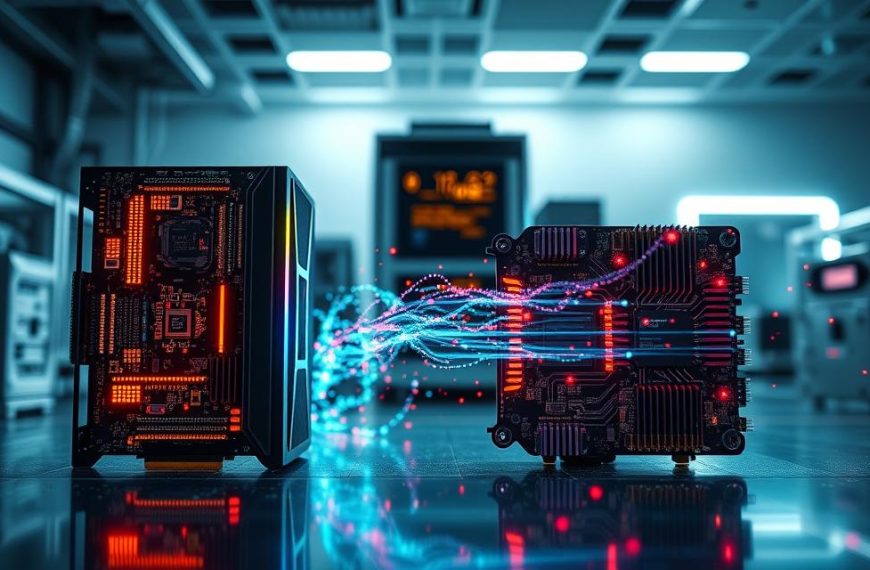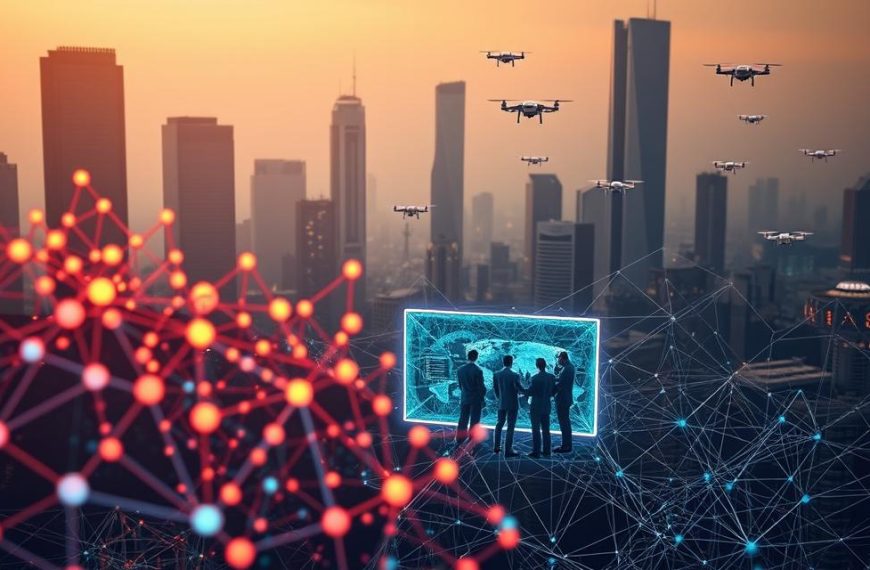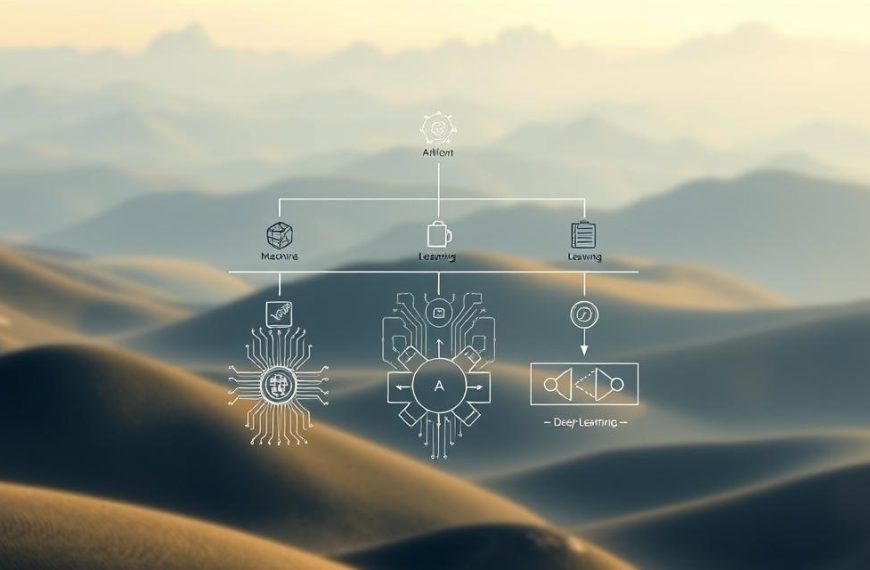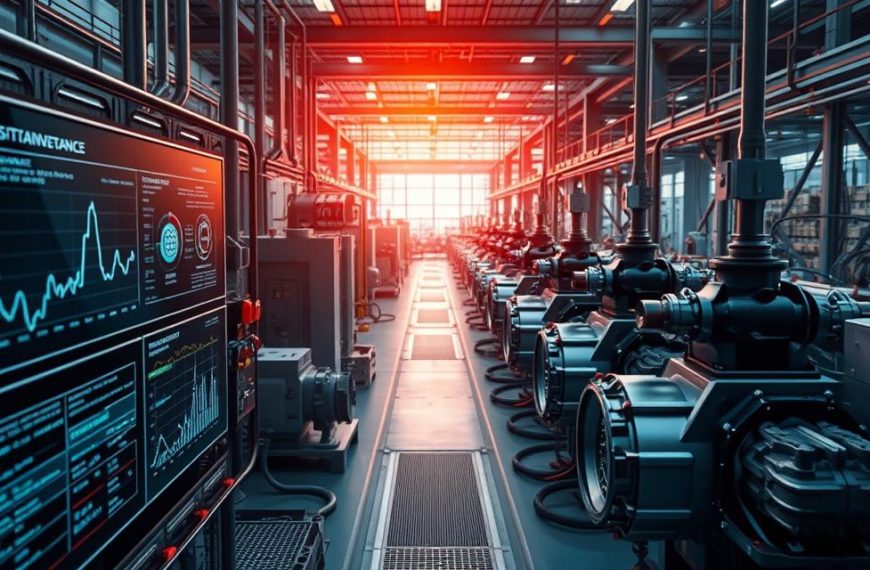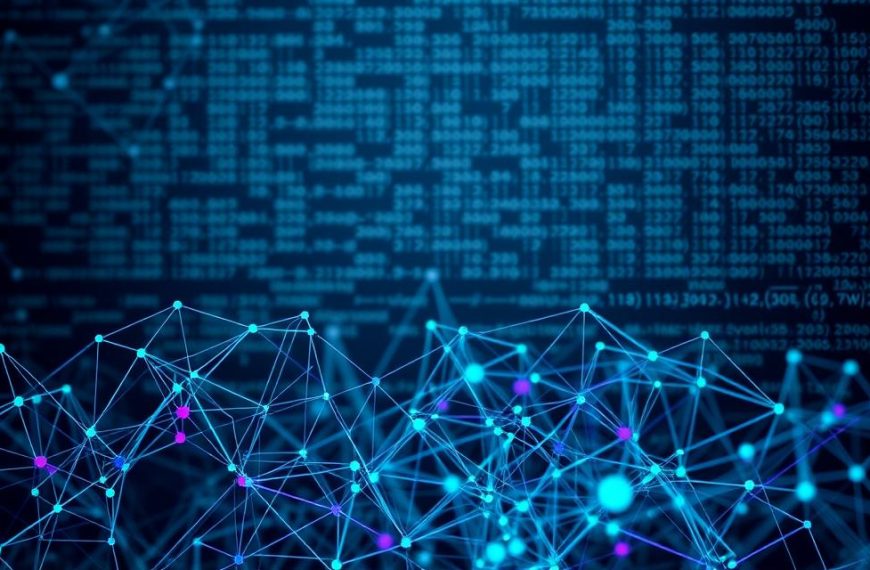Modern computational systems owe their growing sophistication to neural networks, the backbone of contemporary artificial intelligence. These systems, occasionally termed artificial or simulated neural networks (ANNs/SNNs), mirror biological processes to process complex data patterns. Though conceptualised over seven decades ago, their practical adoption has surged recently, driven by advances in processing power and data availability.
The deep-learning revolution emerged from an unexpected source: gaming hardware. Graphics processing units (GPUs), initially designed for rendering visuals, proved ideal for training multi-layered networks. This synergy between hardware and algorithmic design enabled breakthroughs in machine intelligence, transforming theoretical models into tools that power facial recognition, language translation, and predictive analytics.
Historically, interest in these computational structures fluctuated between enthusiasm and scepticism. Early limitations in processing capability stifled progress, but modern implementations demonstrate unprecedented accuracy. Today’s systems learn autonomously, refining their outputs through iterative exposure to vast datasets – a process mimicking human cognitive development.
Understanding these mechanisms provides insight into how machines now rival human capabilities in specific tasks. From healthcare diagnostics to financial forecasting, the applications reshape industries while raising intriguing questions about machine intelligence evolution. Subsequent sections will unpack the technical foundations enabling this transformative technology.
Introduction to Neural Networks in Deep Learning
Revolutionising data analysis, these computational frameworks transform raw information into actionable insights through pattern recognition. Their ability to learn from training datasets – adjusting parameters iteratively – enables continuous improvement in tasks like speech transcription or medical imaging interpretation.
Historical foundations trace back to 1944, when Warren McCullough and Walter Pitts proposed mathematical models mimicking brain functions. Though rudimentary by today’s standards, their work established principles still guiding machine learning development. Modern implementations process millions of data points within seconds, outperforming manual analysis in both speed and consistency.
Key advantages emerge in classification efficiency. Where human experts might spend hours identifying patterns, automated systems achieve similar results in minutes. This velocity proves critical for real-time applications, from fraud detection to autonomous vehicle navigation.
Training mechanisms rely on exposure to diverse datasets, refining accuracy through repeated adjustments. Each iteration sharpens predictive capabilities, creating models adaptable to new information. Such flexibility underpins advancements in deep-learning architectures, bridging decades-old theory with cutting-edge AI solutions.
Understanding Neural Networks: Fundamentals and Components
Architectural principles govern how computational systems process information through interconnected layers. At their core, these frameworks consist of three primary components: an input layer receiving data, hidden layers analysing patterns, and an output layer delivering results. Each layer contains multiple nodes that simulate biological neurons’ decision-making processes.
The Structure of Artificial Neural Networks
Nodes within these systems function as miniature decision engines. Every connection between nodes carries specific weights – numerical values determining signal strength. Inputs multiply by these weights before summation, creating a weighted total that either triggers activation or remains dormant.
Consider a basic example: three inputs (x₁, x₂, x₃) enter a node with corresponding weights (w₁, w₂, w₃). The calculation becomes w₁x₁ + w₂x₂ + w₃x₃ + bias. This formula dictates whether information progresses through the network or gets discarded.
Activation Functions, Biases and Thresholds
Thresholds act as gatekeepers for data transmission. If a node’s calculated value surpasses its predefined bias, it activates and forwards signals to subsequent layers. Modern systems employ functions like ReLU (Rectified Linear Unit) to introduce non-linearity, enabling complex pattern recognition.
Biases fine-tune this activation process, adjusting the sensitivity of individual nodes. These parameters evolve during training, allowing networks to prioritise certain data features over others. Through iterative adjustments, systems develop nuanced decision-making capabilities mirroring human cognitive processes.
What is neural networks in deep learning
The true power of computational intelligence lies in its ability to refine itself through systematic adjustments. This self-improvement cycle relies on mathematical frameworks that evaluate performance and tweak internal parameters.
Training Mechanisms and Weight Adjustments
During training, systems measure accuracy using cost functions like mean squared error. These metrics quantify discrepancies between predictions and actual outcomes. The objective? Minimise these errors through iterative weight modifications.
Gradient descent algorithms drive this optimisation. They calculate how each parameter affects overall error, adjusting weights incrementally towards local minima. Think of it as navigating downhill through an error landscape until finding the lowest valley.
Role of Backpropagation in Model Optimisation
While traditional advanced computational models process data forward, backpropagation works in reverse. It traces errors from output back through layers, identifying which neurons contributed most to inaccuracies.
This approach enables precise parameter tuning across multiple network levels. Combined with reinforcement principles, it creates adaptive systems that evolve with each dataset iteration. The result? Models that progressively sharpen their predictive capabilities without human intervention.
How Neural Networks Mimic the Human Brain
The interplay between biological cognition and machine learning architectures reveals striking parallels. Computational systems increasingly mirror organic decision-making processes, offering insights into both artificial and biological intelligence.
Biological Inspiration versus Artificial Architecture
Early pioneers like McCullough and Pitts demonstrated that layered computational models could replicate brain functions. Their work established a critical principle: both systems rely on interconnected nodes transmitting patterns through weighted connections.
Modern research shows how specific network configurations:
- Simulate synaptic plasticity observed in biological neurons
- Develop hierarchical processing similar to cortical structures
- Adapt through reinforcement mechanisms akin to cognitive learning
This architectural mimicry enables machines to process information with human-like efficiency. Neuroscientists now use these models to test theories about memory formation and sensory perception.
Despite structural differences, both systems share core functionalities. As one researcher notes:
“Artificial architectures prioritise efficiency, while biological ones emphasise adaptability – yet both achieve remarkable pattern recognition.”
Ongoing studies address the ‘black box’ challenge through visualisation techniques. These advancements not only improve AI transparency but also deepen our understanding of how organic networks process complex data streams.
Applications of Neural Networks in Modern AI
From streamlining daily tasks to reshaping entire industries, adaptive computational architectures now drive innovations once considered science fiction. These frameworks excel at transforming unstructured inputs – whether audio waveforms or pixel arrays – into actionable outputs with human-like precision.
Speech and Image Recognition
Voice-activated assistants like Siri and Alexa demonstrate how layered architectures process spoken language. By analysing spectral patterns, these systems convert sound waves into text with over 95% accuracy in controlled environments. Similar principles power real-time translation services, breaking language barriers in global communications.
Visual recognition capabilities have advanced equally rapidly. Convolutional models classify images faster than human experts, enabling:
- Medical scan analysis for early disease detection
- Manufacturing quality control through defect spotting
- Retail inventory management using shelf-monitoring cameras
Real-World Business and Consumer Solutions
Commercial adoption rates reveal growing confidence in these technologies. Recent surveys indicate 35% of UK enterprises actively use AI-driven models, while 42% pilot implementation strategies. Market leaders showcase practical implementations:
| Industry | Application | Impact |
|---|---|---|
| E-commerce | Personalised recommendations | 35% increase in conversion rates |
| Finance | Fraud detection systems | 60% faster anomaly spotting |
| Healthcare | Diagnostic imaging analysis | 40% reduction in false positives |
Amazon’s product suggestion engine exemplifies how behavioural data trains networks to anticipate consumer needs. Meanwhile, Google’s search algorithms continuously refine results using trillions of user interactions as training material. As one tech executive observes:
“The true value lies not in replacing human judgement, but in enhancing decision-making through predictive insights.”
Challenges and Future Trends in Deep Learning
Understanding why machines make specific decisions remains a critical hurdle in AI development. While deep neural networks achieve remarkable accuracy, their internal logic often resembles an indecipherable puzzle. This opacity complicates trust-building in sectors like healthcare and finance, where transparent reasoning matters.
Overcoming the Black Box Problem
Researchers now prioritise explainable AI methods to demystify decision pathways. Techniques like layer-wise relevance propagation highlight which input features influence outputs most. For image recognition systems, heatmaps reveal whether models focus on tyre shapes rather than license plates when identifying vehicles.
Advancements in Hardware and GPU Processing
The gaming industry’s demand for realistic graphics catalysed GPU innovation, indirectly propelling AI capabilities. Modern GPUs handle 50-layer architectures effortlessly – a feat impossible with 1980s hardware. Specialised chips now push boundaries further:
| Hardware Type | Processing Cores | Specialisation | Impact |
|---|---|---|---|
| GPU | 10,000+ | Parallel computations | Enabled complex models |
| TPU | 4,000+ | Matrix operations | 3x faster training |
| Neuromorphic | 1M simulated neurons | Energy efficiency | 70% less power |
Emerging trends like federated learning address data scarcity by training models across decentralised devices. As one NVIDIA engineer notes:
“Tomorrow’s breakthroughs will emerge from marrying smarter algorithms with purpose-built silicon.”
Conclusion
The evolution of intelligent systems reflects decades of refining how machines interpret complex data. From basic pattern recognition to multi-layered decision-making, these frameworks demonstrate remarkable adaptability across industries. Their capacity to process inputs through weighted connections – adjusting parameters like biases and activation thresholds – mirrors biological learning processes at scale.
Advancements in computational architectures continue pushing boundaries in speech analysis, predictive modelling and real-time problem-solving. Modern GPUs and specialised chips accelerate training cycles, enabling systems to handle tasks from medical diagnostics to financial forecasting with growing precision.
Challenges persist in achieving transparency and managing energy consumption. Emerging solutions like explainable AI techniques and neuromorphic hardware address these limitations, prioritising both performance and interpretability. As algorithms evolve alongside custom silicon, future models will likely balance efficiency with ethical considerations.
Organisations across the UK increasingly adopt these technologies, leveraging their ability to transform raw data into strategic insights. Whether enhancing customer experiences or optimising supply chains, intelligent systems redefine what machines can achieve – not by replicating human thought, but through uniquely computational approaches to problem-solving.





